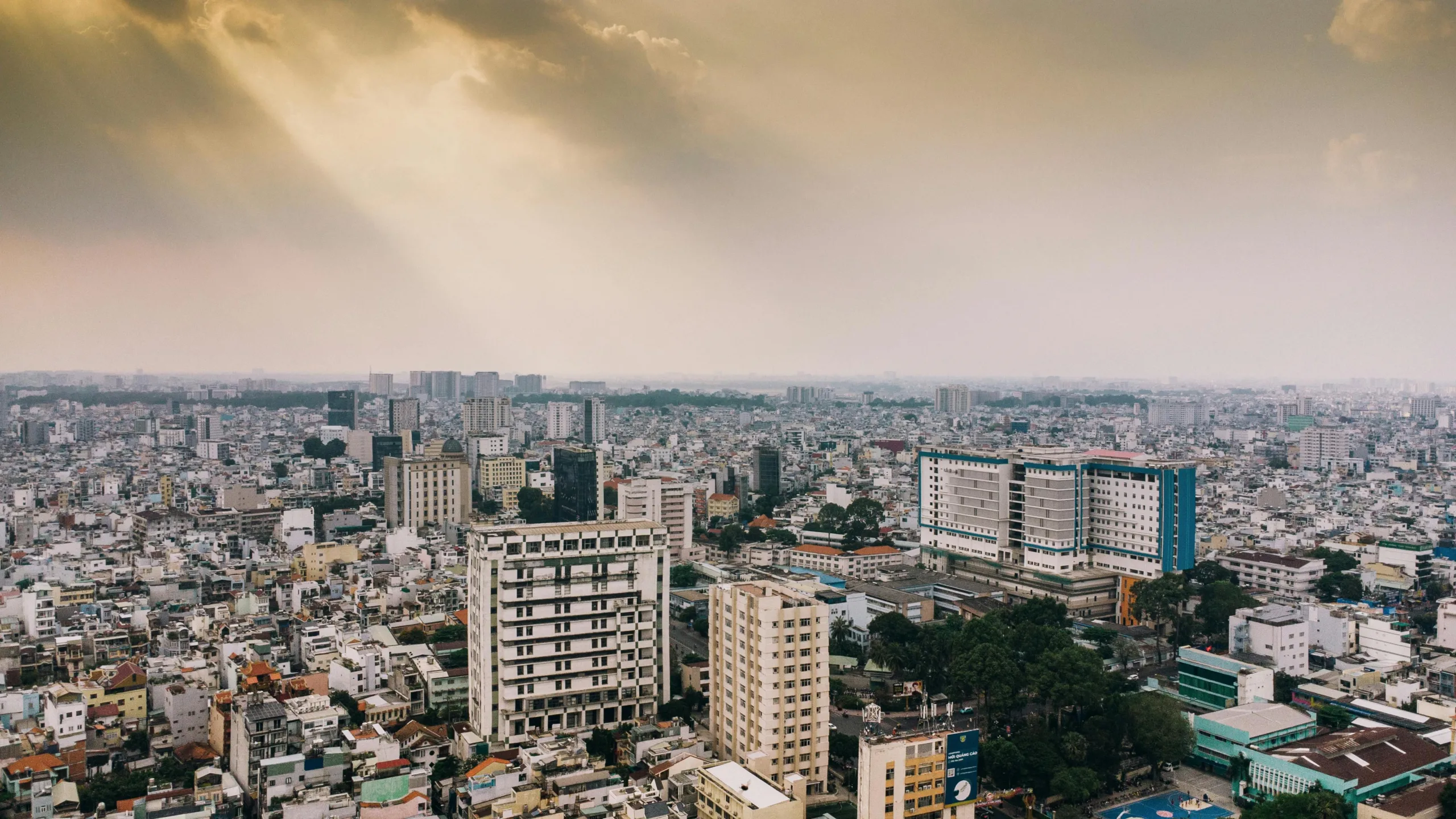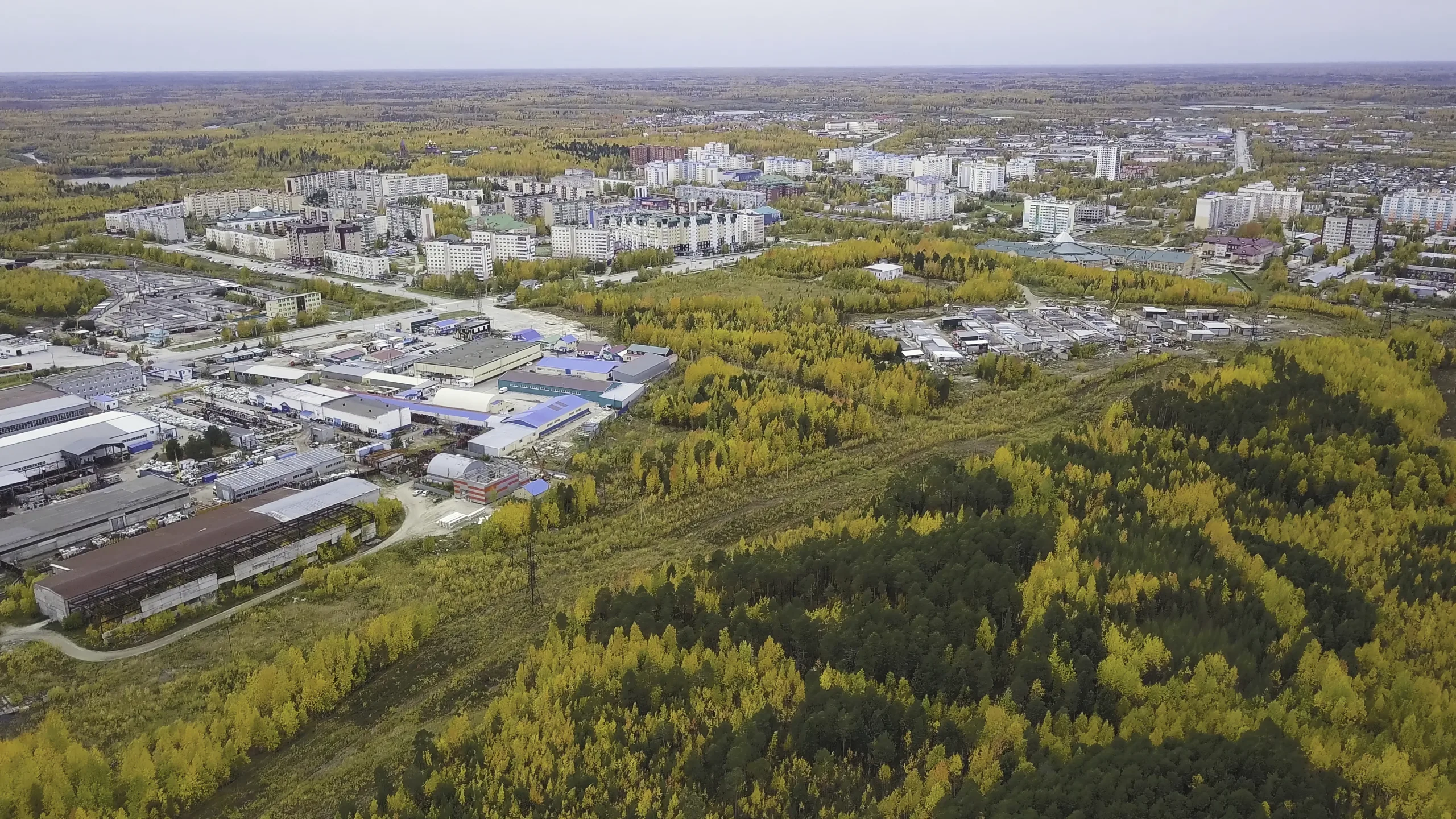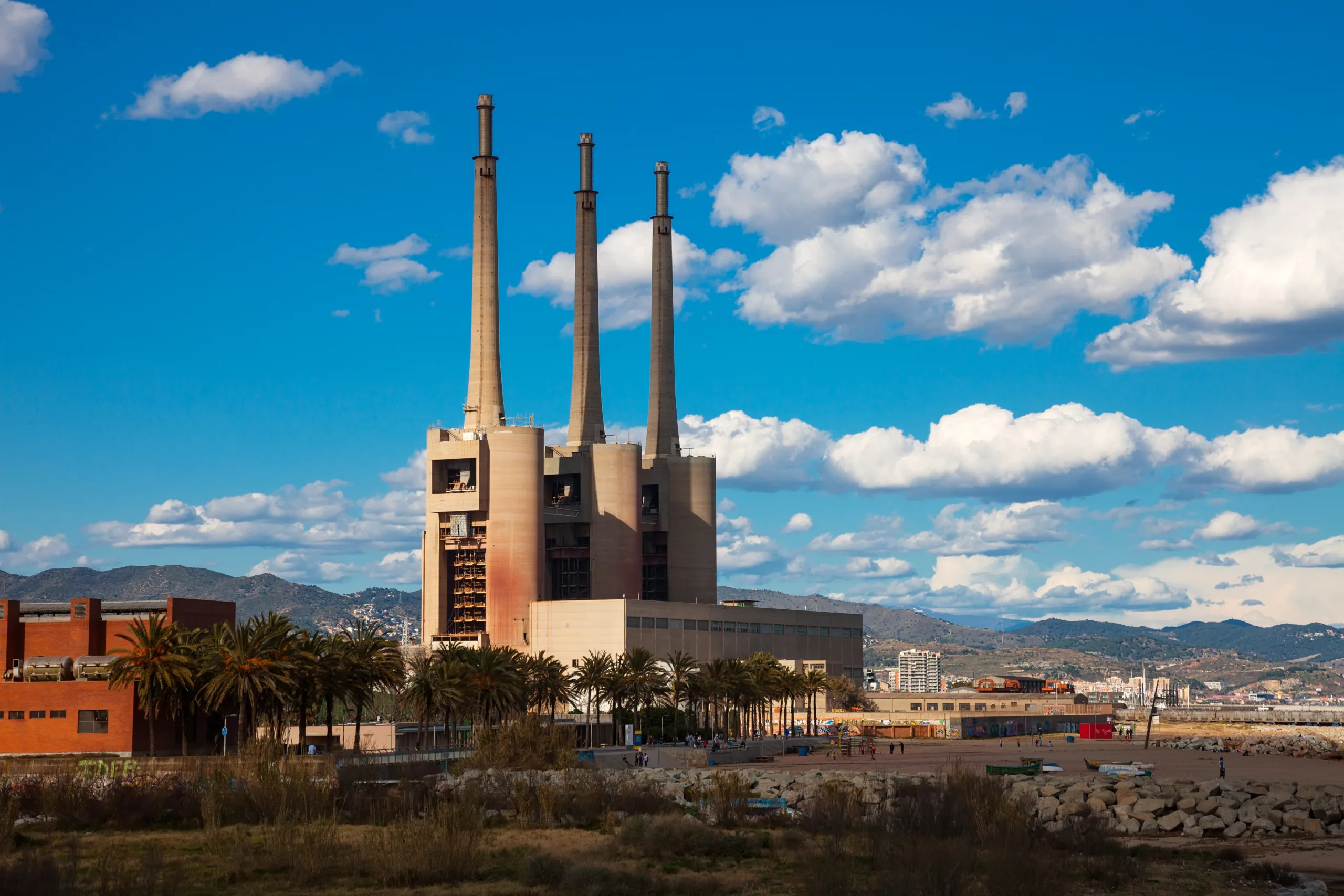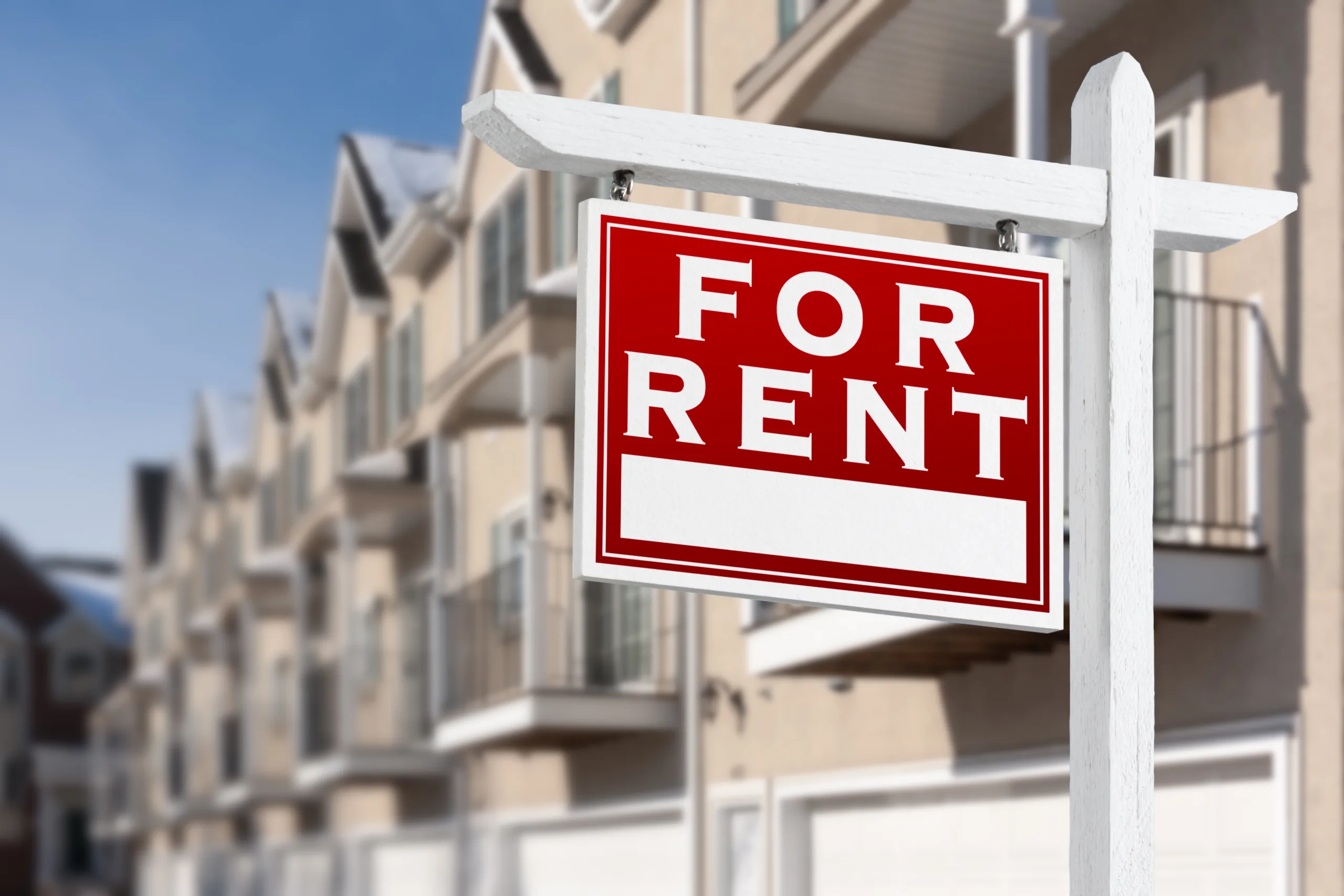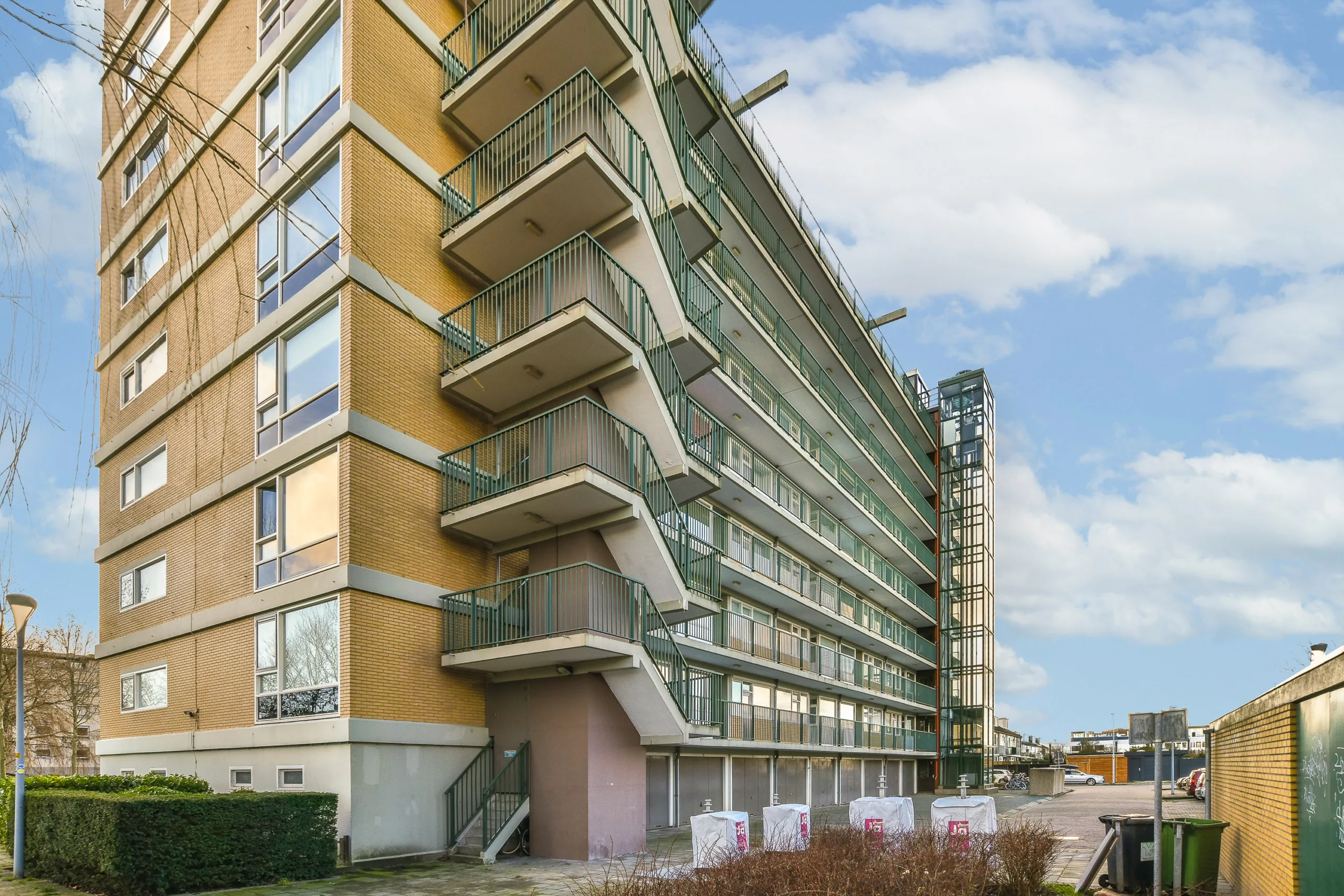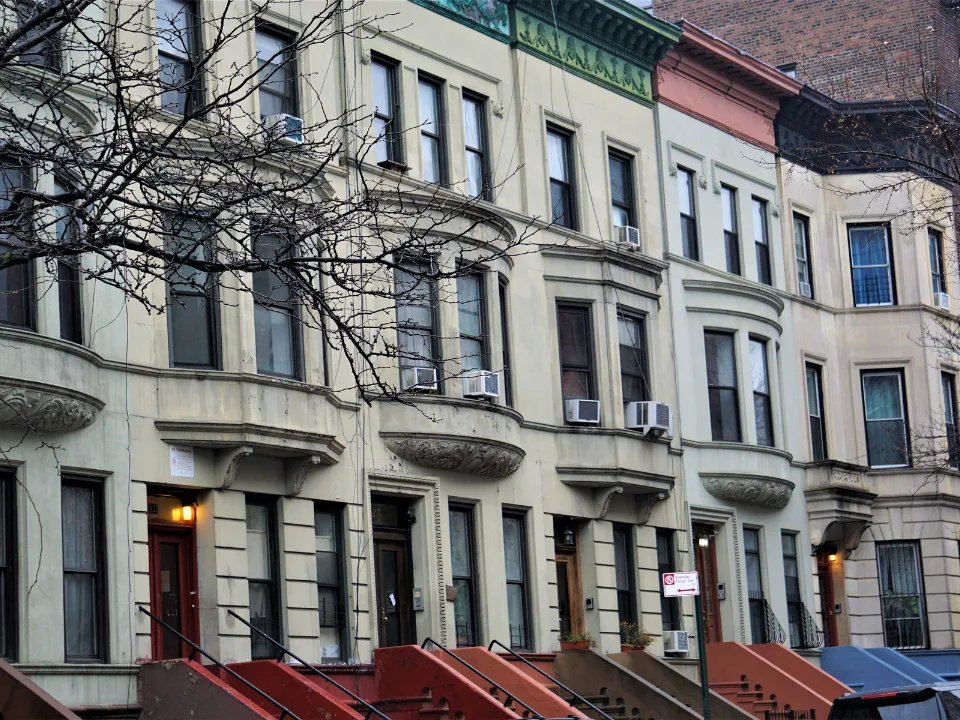- McKinney is leading the DFW industrial market in rental rates, with an average of $11.45 PSF—nearly double that of South Dallas.
- Limited developable land around McKinney National Airport and rising demand have fueled both scarcity and value.
- The suburb’s strategic location and planned infrastructure improvements are driving a shift in industrial development toward North Dallas suburbs.
- Nearly 1.5M SF is under construction, the largest pipeline in DFW outside the Alliance, DFW Airport, and Great Southwest submarkets.
Shifting North: McKinney’s Industrial Ascent
As the population in Dallas-Fort Worth spreads northward, McKinney is experiencing major changes. The city has traditionally focused on residential and retail growth. Now, it is undergoing a rapid industrial transformation, as reported by Bisnow. The northern suburb now boasts the Metroplex’s highest industrial rents and has become a top destination for logistics and distribution developers.
Scarcity Breeds Demand
McKinney has one of the smallest industrial footprints in DFW. However, limited land availability is driving prices up. This is especially true around the flood-prone areas near McKinney National Airport. Developers and tenants are rushing in, creating a supply squeeze that’s pushing average net rents in the Allen-McKinney submarket to $11.45 PSF, according to Cushman & Wakefield. That’s over $3 more than the regional average.
Get Smarter about what matters in CRE
Stay ahead of trends in commercial real estate with CRE Daily – the free newsletter delivering everything you need to start your day in just 5-minutes
Strategic Positioning And Growing Infrastructure
Highway 75 provides direct access to Dallas and Houston. Future expansions to US Highway 380 and Spur 399—part of an $8B project—will significantly improve east-west connectivity. That’s a major incentive for developers who have historically been discouraged by McKinney’s lack of lateral highway access.
The airport is also expanding, with a $72M project to add a new passenger terminal. While cargo operations aren’t part of the plan, the improved convenience is attracting business. Developers like Ascent Investment Partners are betting big on the area, citing both the airport and transportation improvements as key value drivers.
Industrial Growth Zones And Job Creation
The area around McKinney National Airport—known as the Business & Aviation District—has been zoned for industrial use for over 40 years. It’s now expected to become the city’s largest employment hub, with an 11% increase in jobs projected by 2040.
City officials remain committed to balanced growth. While industrial uses generate less in property taxes compared to residential, they require fewer city services and contribute significantly to employment across various skill levels.
What’s Next: Northern Expansion With Caution
While developers see promise in farther-out suburbs like Anna and Melissa, those areas are still considered early-stage or “frontier” markets. For now, McKinney offers the best mix of infrastructure, workforce accessibility, and land availability—though even that is becoming limited.
As DFW’s population climbs toward 12M by 2050, demand for industrial space will grow. The region is expected to need 300M SF of additional industrial space. That’s three times the size of South Dallas’s current footprint. With demand surging and space scarce, McKinney’s place as a premier industrial submarket appears secure for the foreseeable future.
Why It Matters
McKinney’s rapid rise highlights the shifting geography of industrial real estate in DFW. With infrastructure projects underway and land values climbing, the suburb represents a new frontier for high-value industrial investment in one of the country’s fastest-growing metros.
